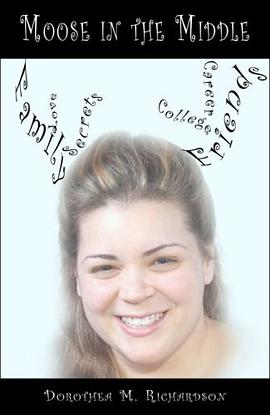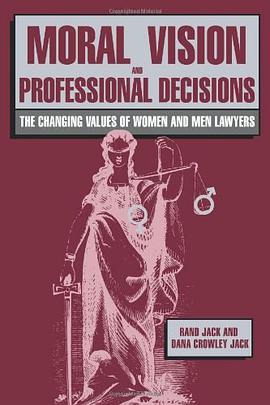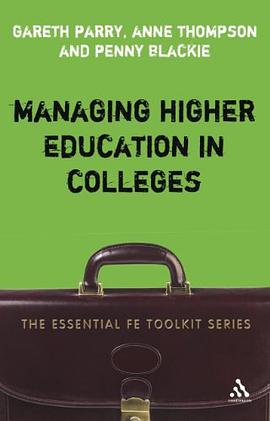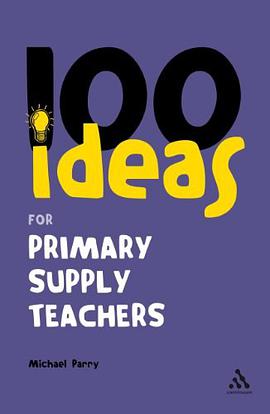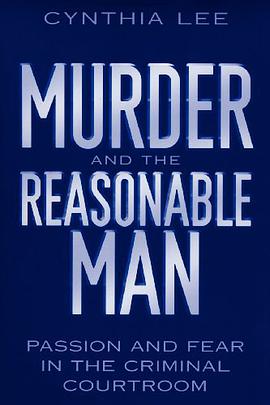1. Unlocking powerful learning – a new model
Introduction 1; The tumblers 6; An overview of the chapters 9;
Conclusion 14
2. Exploring experiential learning
Introduction 15;
Defining experiential learning 16;
A meaningful experience 20;
Learning is personal 21;
Painful learning 25;
Detrimental experiential learning 27;
Learning from mistakes 28;
Formal versus experiential learning 29;
The lineage of experiential learning 31;
Experience as learning styles 33;
A chronology of experiential learning 35;
Challenging the concept of experiential learning 38;
Conclusion 43
3. Facilitation, good practice and ethics
Introduction 45;
The booming business 46;
The deliverers 47;
Experiential provider roles 48;
Intruding complicators or enabling animateurs 51;
Wisdom and experience 52;
Dysfunctional and indigenous learning 54;
Setting the climate and conditions 58;
Ground rules and values 59;
Reviewing selfpractice 61;
Ethical behaviour 63;
A question of balance 67;
Emotional engineering 69;
Ethical models 71;
Codes of practice 73;
Professional bodies and the professional codes of practice 74;
Good practice: the environment 76;
Conclusion 78
4. Learning environments: spaces and places
Introduction 79;
Indoor learning: the new classroom 80;
Outdoor learning 85;
Disappearing boundaries: indoor– outdoor, natural–artificial 86;
Reaching out: learning in city space 91;
Artificially created learning spaces 92;
Pedagogy and personal development 95;
Empathetic strategies and the outdoor therapeutic ‘effect’ 99;
Outdoor environments: therapeutic experiential learning 101;
Sustainable learning environments 104;
Conclusion 105
5. Experiential learning activities
Introduction 107;
The changing milieu 108;
Planned or unplanned activity? 110;
Dramaturgy 112;
Innovation, activities, resources and objects – a simple experiential
typology 113;
Adventurous journeys 115;
Sequencing learning activities 119;
Mind and body 121;
Rules and obstacles 123;
Constructing and deconstructing 124;
Telling the story – using physical objects 125;
Conclusion 126
6. Learning activities: exploring reality
Introduction 127;
What is a real experience? 128;
Fantasy 135;
Play and reality 137;
Suspending reality: drama and roleplaying 140;
Metaphors and storytelling 143;
Management development and cartoons 147;
Using photographic images and computer software 149;
Reflections on reality – reading and writing 150;
Rafts and planks… or real projects? 152;
Conclusion 152
7. Working with the senses
Introduction 155;
Re-awakening the senses 156;
Appealing to the senses: higher education 158;
Sensory stimulation in learning and therapy 165;
Inner sensory work: presencing and anchoring 170;
Conclusion 172
8. Experience and emotions
Introduction 173;
Emotion and experiential learning 174;
The power of the emotional state 179;
Emotional waves 181;
Experiencing emotional calm – sorting time 182;
Flow learning 185;
Experience, learning and ‘identity’ 189;
Conclusion 192
9. Working with emotions
Introduction 193;
The emotional climate – mood setting and relaxed alertness 194;
Overcoming emotion – fear 196;
Mapping and accessing emotions 199;
Using trilogies in emotional work 201;
Using humour and other positive emotions 204;
Accessing emotions through popular metaphors 206;
Metaphoric intervention 2 0; Conclusion 21
10. Experience and intelligence
Introduction 213;
Working with intelligence 219;
Other forms of intelligence 222;
Emotional quotient – EQ 223;
Spiritual quotient – SQ 226;
Naturalistic intelligence – NQ 230;
The creative quotient – CQ 232;
Conclusion 238
11. Learning and change
Introduction 239;
Learning and change 240;
Theories of learning: theories of change! 241;
The development of reflective practice 242;
Using problems and challenges 245;
Reflection-inaction and reflection-on-action 246;
Single and double loop learning 247;
Encouraging conditions for reflection 248;
The danger of formal education and training 251;
Critical reflection 251;
Action learning 252;
The action learning set 256;
Timing and duration of learning sets 259;
Problems and action learning 260;
Strategies for learning and change 262;
Conclusion 264
12. Imagining and experiencing the future
Introduction 265;
Imagination 267;
Imagination versus action269;
Mental fitness for the future 271;
Imagining the future 272;
The value of problems 274;
Imaginative strategies 277;
Imagination and the child 282;
Conclusion 285
References
Further reading
Index
· · · · · · (
收起)



